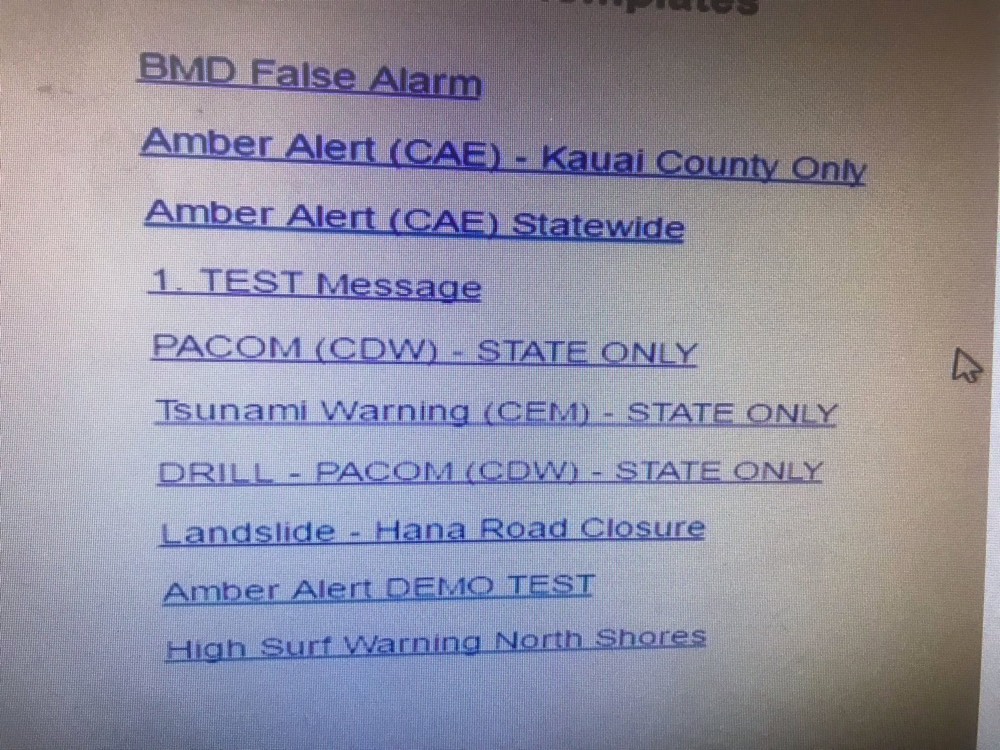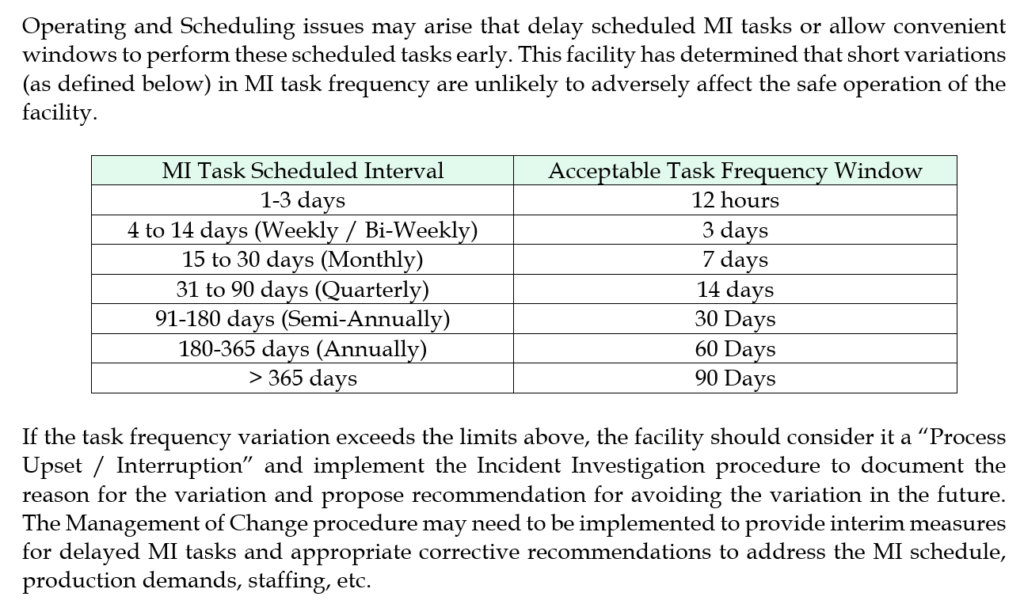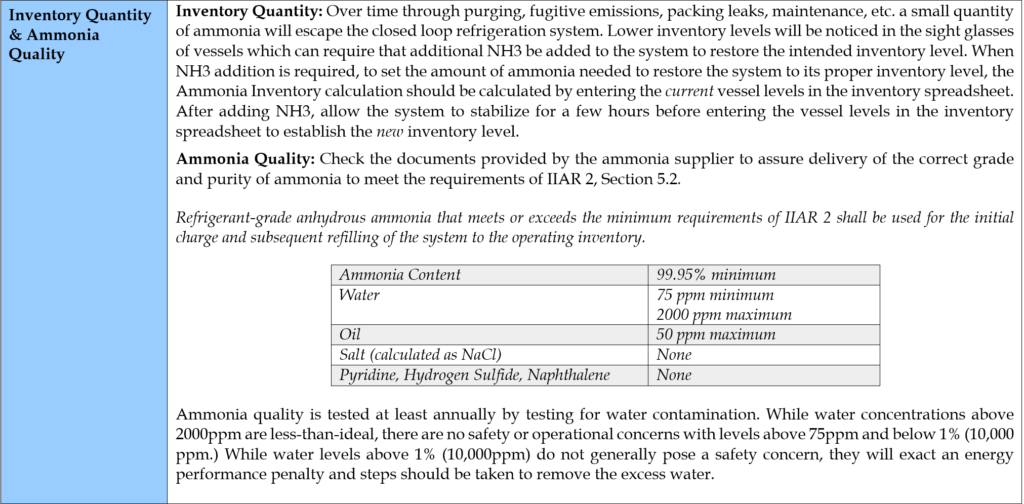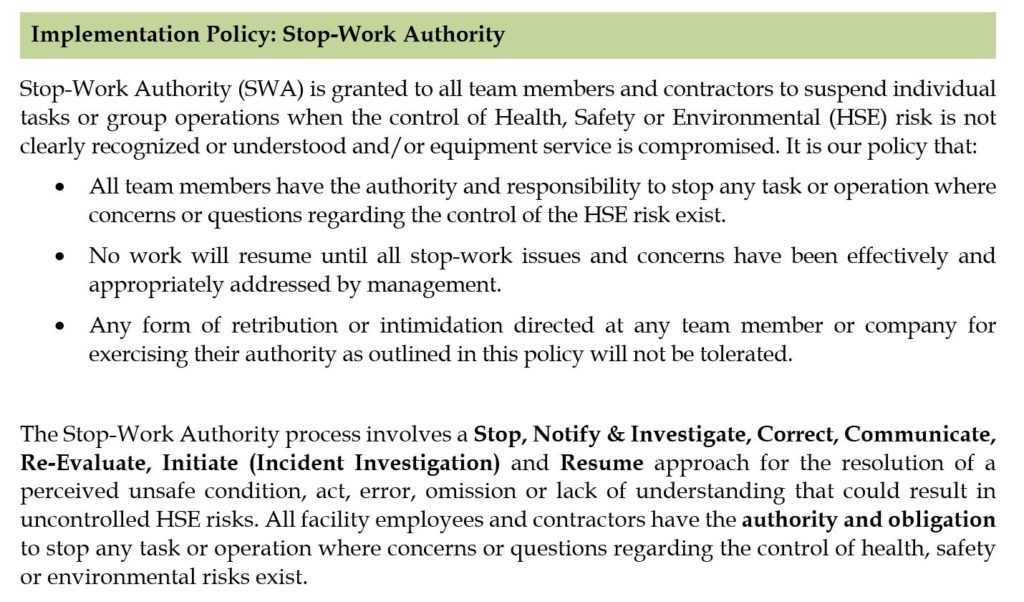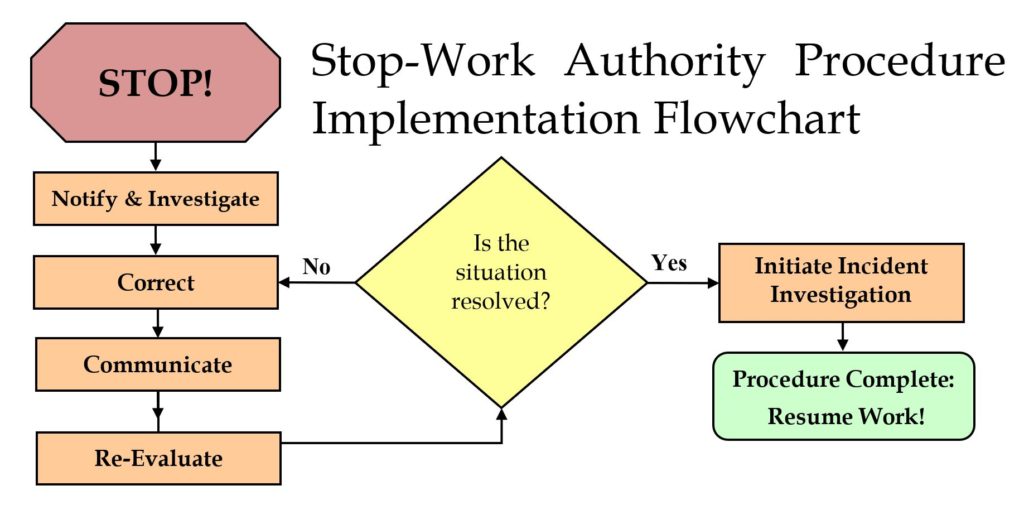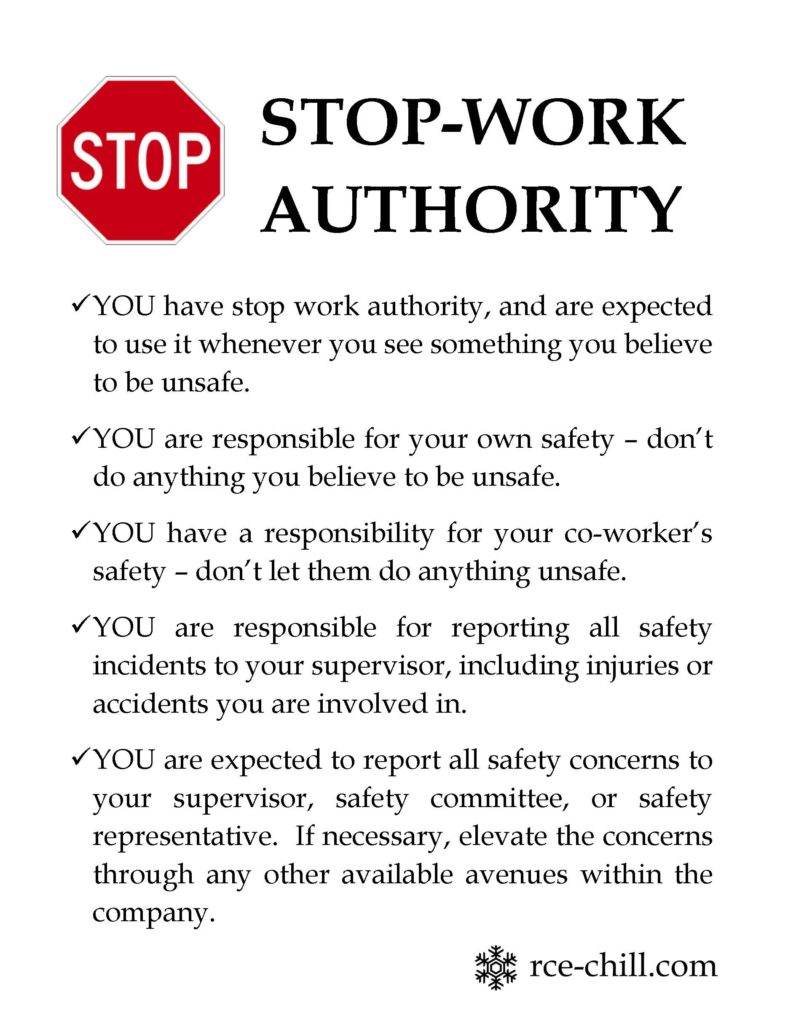OSHA’s published CPL-03-00-021 – “PSM Covered Chemical Facilities National Emphasis Program” includes an example document request list that often correlates fairly well to the one that OSHA inspectors provide during an NEP inspection. Below, I’ll outline how programs using our PSM system can answer those requests with PSM documents.
Table 1 – Documents That Should Be Requested Prior to Identifying the Selected Unit(s)
OSHA 300 logs for the previous three years for the employer and the process-related contractors*.
Documents regarding your OSHA 300 logs should be kept by your Safety Department. This is addressed in your Contractor Element Written Plan for the contractor and it’s likely your Safety Department.
All contract employee injury and illness logs as required by 1910.119(h)(2)(vi)*.
Most NH3 Refrigeration PSM facilities handle this with the contractor’s OSHA 300 logs.
A list of all PSM-covered process/units in the complex.
The vast majority of NH3 Refrigeration PSM facilities have a single covered process in the complex. If you have multiple processes on the same site, you likely handle / explain this fairly well in your RMP Hazard Assessment documentation.
A list of all units and the maximum intended inventories* of all chemicals (in pounds) in each of the listed units. Compliance Guidance: 1910.119(d)(2)(i)(C) requires employers to have process safety information (PSI) for the maximum intended inventories of chemicals that are part of their PSM-covered processes.
The inventory of the covered process(es) is in the PSI directory in a spreadsheet that shows the Inventory Calculation. Documentation regarding the Maximum Intended Inventory is handled in the PSI Element Written Plan.
A summary description of the facility’s PSM program.
The RMP Element Written Plan includes this information in general – individual Elements have information concerning that element in the Element Written Plan. Showing the inspectors the procedural sections in the RMP entitled “Implementation Policy: Risk Management Prevention Plan” & “Implementation Policy: Management of Program Activities” has generally been more than sufficient to answer this question.
Unit process flow diagrams*.
Most NH3 Refrigeration PSM facilities handle this in the P&ID’s – possibly in conjunction with a Block Flow or Mass & Energy Balance.
Process narrative descriptions.
This is addressed in the beginning of the System ROSOP as well as in the individual equipment RESOPs.
Host employer’s program for evaluating contract employer’s safety information.
This is addressed in your Contractor Element Written Plan. Your documented use of forms CQ1-CQ4 should provide adequate information to answer the question.
Host employer’s program/safe work practices for controlling the entrance/exit/work of contractors and their workers in covered process areas.
This is addressed in your Contractor Element Written Plan. Likely, it redirects you to the facility Safety / Risk Management policies.
Emergency Action Plan* (If the employer has 10 or fewer employees they may communicate the plan orally (29 CFR 1910.38(b)) — i.e., they may not have a written emergency action plan; and Emergency Response Plan* if the facility is also required to comply with 29 CFR 1910.120(q).
This is generally handled by your Safety Department as it is a “general industry” requirement.
Host employer’s program for periodically evaluating contractor performance.
This is addressed in your Contractor Element Written Plan. Your documented use of form CQ6 should provide adequate information to answer the question.
Table 2 – Documents That Should Be Requested After the Selected Unit(s) Are Identified
Piping and instrumentation diagrams (P&IDs) including legends*.
Your P&ID collection will include title sheets that satisfy the requirement for legends.
Unit electrical classification documents*.
The vast majority of NH3 Refrigeration PSM facilities cover this in a stand-alone letter provided in the PSI directory. That letter will reference your IIAR RAGAGEP stating that the system is “unclassified” or an “ordinary location.” Your electrical classification is contingent on an accurate and compliant Ventilation calculation which should be in your PSI directory.
Descriptions of safety systems (e.g., interlocks, detection or suppression systems)*.
Safety systems (e.g., interlocks, detection or suppression systems) are covered in each individual RESOP for each individual piece of equipment.
Design codes and standards employed for process and equipment in the Selected Unit(s).
The vast majority of NH3 Refrigeration PSM facilities cover this in a stand-alone letter provided in the PSI directory. That letter will document which RAGAGEP you’ve chosen and it also provides a place for you to certify it.
A list of all workers (i.e., hourly and supervisory) presently involved in operating the Selected Units(s), including names, job titles, work shifts, start date in the unit, and the name of the person(s) to whom they report (their supervisor).
This information should be captured in the individual operator OT1 forms in the Training Element directory. You may have to supplement the OT1 forms with information from your HR department.
The initial process hazard analysis*(PHA) and the most recent update/redo or revalidation* for the Selected Unit (s); this includes PHA reports*, PHA worksheets*, actions to address findings and recommendations promptly*, written schedules for actions to be completed*, and documentation of findings and recommendations*. Compliance Guidance: Any PHA performed after May 25, 1987 that meets the requirements of 1910.119(e) may be claimed by the employer as the initial PHA for compliance purposes, see 1910.119(e)(1)(v).
The PHA is located in the Process Hazard Analysis directory. It is not generally our custom to “revalidate” PHA’s but to complete a new PHA (compliant with the IIAR Compliance Guidelines questions) during the 5yr “revalidation.”
Safe upper and lower operating limits for the Selected Unit(s)*.
Safe upper and lower operating limits are covered in each individual RESOP for each individual piece of equipment.
A list by title and unit of each PSM incident report; all PSM incident reports for the Selected Unit*.
Generally speaking, the Incident Investigations aren’t sorted by unit, but providing all the Incident Investigations that have been created over the document request period should suffice.
Contract employer’s safety information and programs (this will be requested from the host employer after it is determined which contractor(s) will be inspected).
This is addressed in your Contractor Element Written Plan. Your documented use of forms CQ1-CQ4 should provide some information to answer the question. In facilities that allow contractors to provide their own Safety Programs, you will need to be able to provide those programs as well as your evaluation of them. The vast majority of NH3 Refrigeration PSM facilities do not allow contractors to use their own Safety Programs – instead requiring them to use the established facility Safety Programs.
Contractor employer’s documentation of contract workers’ training, including the means used to verify employees’ understanding of the training* (this will be requested from the respective contractor employer(s) after it is determined which contractor(s) will be inspected).
This is addressed in your Contractor Element Written Plan. Your documented use of forms CQ3-CQ4 should provide adequate information to answer the question.
Note: This older Post provides additional questions from a recent NEP inspection.
If you need help preparing for, managing, or dealing with the aftermath of an OSHA or EPA inspection, please contact us.
